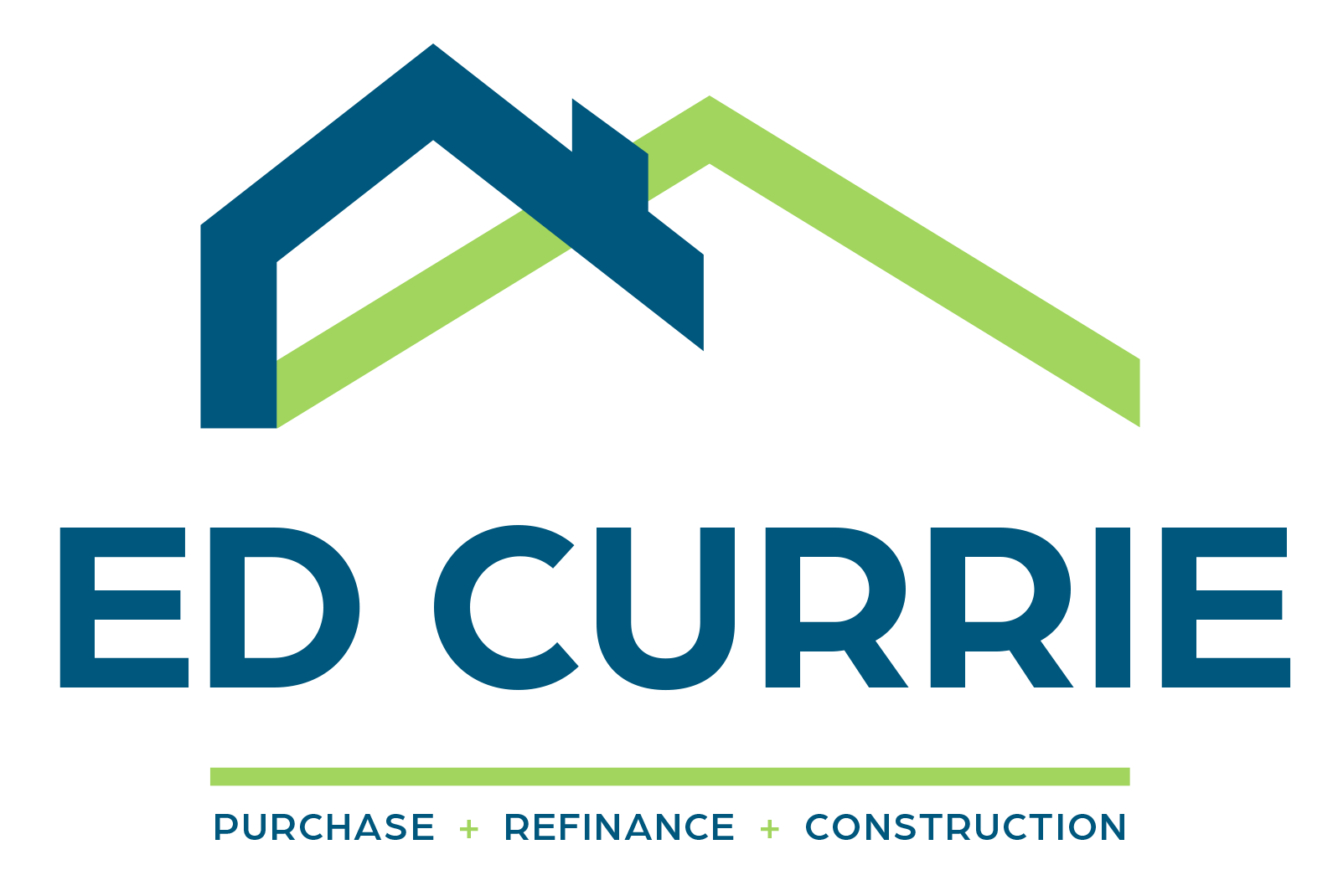 When it comes to securing a mortgage, borrowers are often confronted with various terms and figures that may seem confusing at first glance. Two key components that play a significant role in determining the cost of a mortgage are the interest rate and the APR (Annual Percentage Rate). Though they are related, it is crucial to understand the difference between them to make informed decisions while comparing different loan offers. This article aims to shed light on the dissimilarities between the mortgage interest rate and the APR, helping borrowers navigate the mortgage landscape more confidently.
When it comes to securing a mortgage, borrowers are often confronted with various terms and figures that may seem confusing at first glance. Two key components that play a significant role in determining the cost of a mortgage are the interest rate and the APR (Annual Percentage Rate). Though they are related, it is crucial to understand the difference between them to make informed decisions while comparing different loan offers. This article aims to shed light on the dissimilarities between the mortgage interest rate and the APR, helping borrowers navigate the mortgage landscape more confidently.
Mortgage Interest Rate
The mortgage interest rate is the fundamental percentage charged by the lender to lend money to the borrower. This rate is applied to the loan principal, and it determines the amount of interest that the borrower will pay over the life of the mortgage. For instance, if a borrower takes out a $300,000 mortgage with a 5% interest rate, they will pay $15,000 in interest in the first year (5% of $300,000).
APR (Annual Percentage Rate)
The APR, on the other hand, encompasses a broader perspective of the overall mortgage cost. It is expressed as an annual percentage and includes not just the interest rate but also additional expenses associated with obtaining the loan. These supplementary costs may involve:
Loan Origination Fees: Fees charged by the lender to process the mortgage application.
Points: Optional fees paid upfront to lower the interest rate over the loan’s duration.
Private Mortgage Insurance (PMI): Required insurance for some loans with a down payment below a certain threshold.
Closing Costs: Fees related to the closing of the mortgage, such as appraisal fees, title fees, and attorney fees.
The APR presents borrowers with a more comprehensive understanding of the total cost of the mortgage, making it easier to compare different loan offers from multiple lenders. By considering the APR, borrowers can better assess the overall financial implications of each mortgage option.
The mortgage interest rate and the APR serve distinct purposes when evaluating mortgage loans. The interest rate represents the cost of borrowing the principal amount, while the APR provides a more inclusive view of the total cost of the mortgage, encompassing additional fees and charges. Borrowers must carefully consider both figures to make well-informed decisions that align with their financial goals and circumstances.
Borrowers should take time to compare various offers, paying attention to both the interest rate and the APR. By doing so, they can select the most suitable mortgage option, ensuring a more secure and financially sound future.
When it comes to securing a mortgage, borrowers are often confronted with various terms and figures that may seem confusing at first glance. Two key components that play a significant role in determining the cost of a mortgage are the interest rate and the APR (Annual Percentage Rate). Though they are related, it is crucial to understand the difference between them to make informed decisions while comparing different loan offers. This article aims to shed light on the dissimilarities between the mortgage interest rate and the APR, helping borrowers navigate the mortgage landscape more confidently.
Mortgage Interest Rate
The mortgage interest rate is the fundamental percentage charged by the lender to lend money to the borrower. This rate is applied to the loan principal, and it determines the amount of interest that the borrower will pay over the life of the mortgage. For instance, if a borrower takes out a $300,000 mortgage with a 5% interest rate, they will pay $15,000 in interest in the first year (5% of $300,000).
APR (Annual Percentage Rate)
The APR, on the other hand, encompasses a broader perspective of the overall mortgage cost. It is expressed as an annual percentage and includes not just the interest rate but also additional expenses associated with obtaining the loan. These supplementary costs may involve:
Loan Origination Fees: Fees charged by the lender to process the mortgage application.
Points: Optional fees paid upfront to lower the interest rate over the loan’s duration.
Private Mortgage Insurance (PMI): Required insurance for some loans with a down payment below a certain threshold.
Closing Costs: Fees related to the closing of the mortgage, such as appraisal fees, title fees, and attorney fees.
The APR presents borrowers with a more comprehensive understanding of the total cost of the mortgage, making it easier to compare different loan offers from multiple lenders. By considering the APR, borrowers can better assess the overall financial implications of each mortgage option.
The mortgage interest rate and the APR serve distinct purposes when evaluating mortgage loans. The interest rate represents the cost of borrowing the principal amount, while the APR provides a more inclusive view of the total cost of the mortgage, encompassing additional fees and charges. Borrowers must carefully consider both figures to make well-informed decisions that align with their financial goals and circumstances.
Borrowers should take time to compare various offers, paying attention to both the interest rate and the APR. By doing so, they can select the most suitable mortgage option, ensuring a more secure and financially sound future.




![EdCurrie_Logo White[Transparent] EdCurrie_Logo White[Transparent]](https://edcurrie.com/wp-content/uploads/elementor/thumbs/EdCurrie_Logo-WhiteTransparent-qybu3sjgpfhje9098uitv7fpt7os2hgn52gfy6ocx4.png)